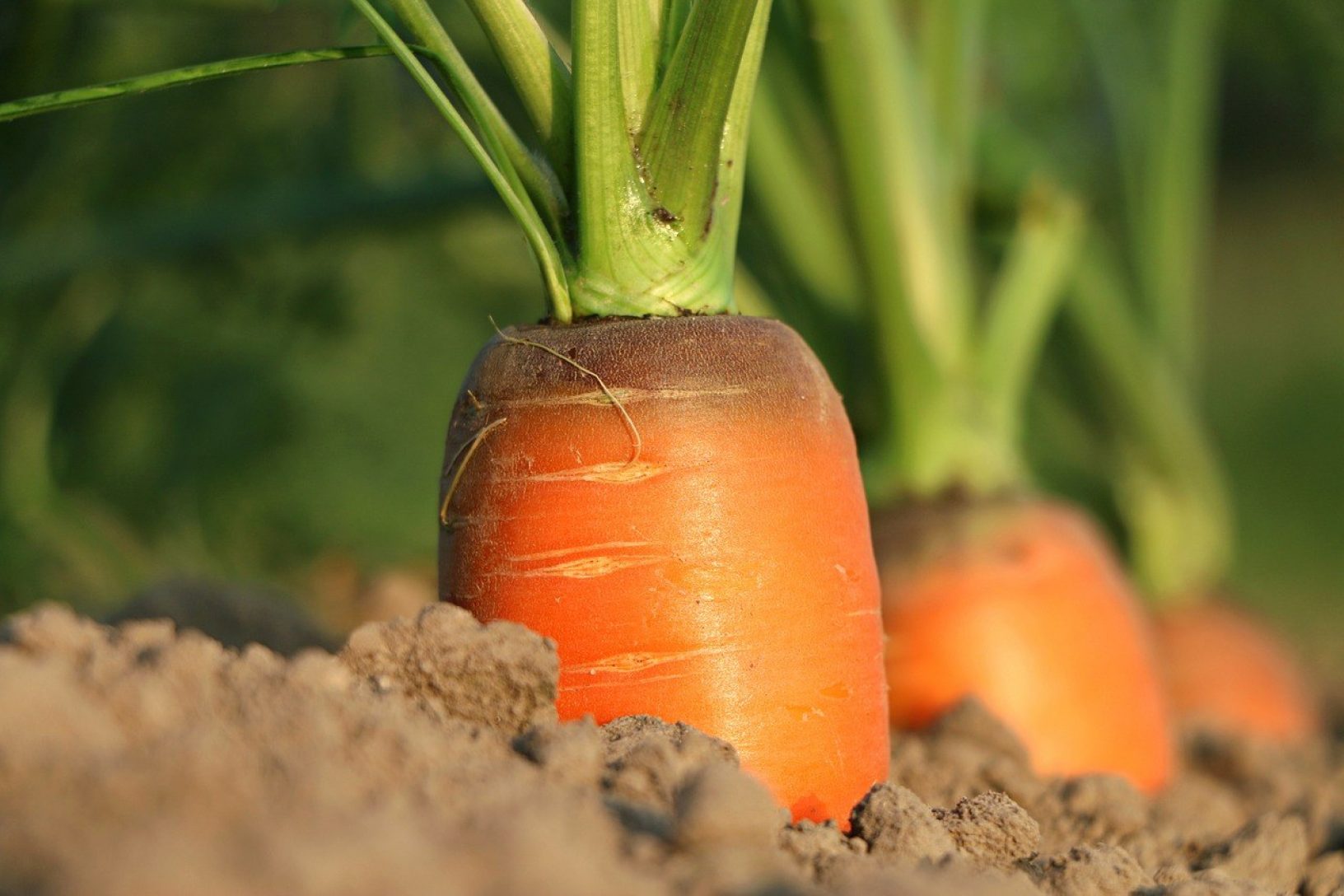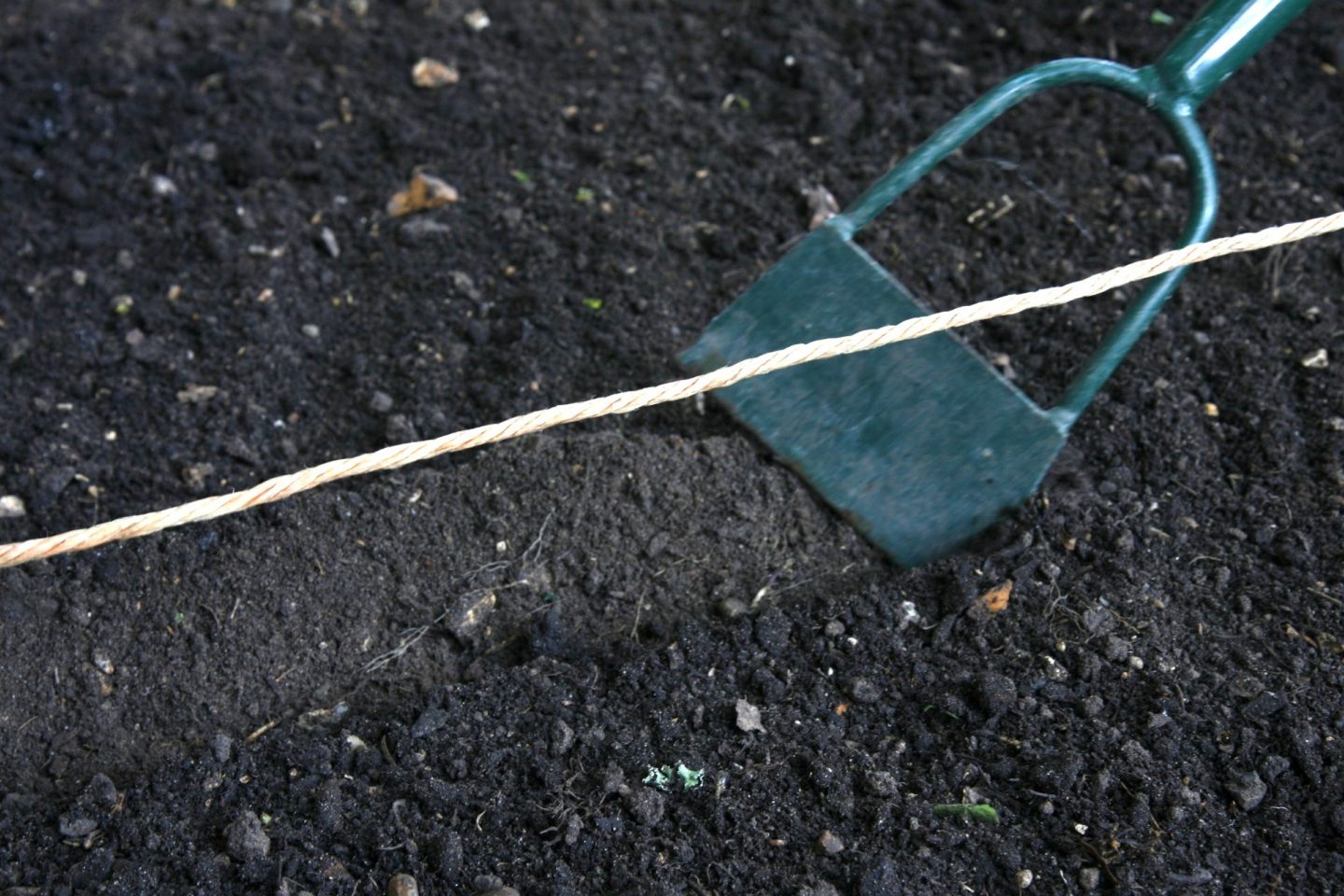Helpful information
Timing: Early spring to late summer (sowing seeds. Can be done earlier / later if under cover). All year around (harvest, variety depending)
Where to do it: Outdoors
Garden space: Large garden, small garden, balcony, greenhouse

Timing: Early spring to late summer (sowing seeds. Can be done earlier / later if under cover). All year around (harvest, variety depending)
Where to do it: Outdoors
Garden space: Large garden, small garden, balcony, greenhouse

Carrots can be grown from seed. The most common way to do this is to sow seeds directly in the place they will grow in the garden. Don't have a vegetable bed? You could always grow carrots in your flower beds, as carrot foliage is quite pretty. This can be helpful in smaller gardens.
There is a huge range of carrot varieties available. The seed packet should tell you the recommended months to sow that particular variety, along with specific guidelines.
As a general rule, you want to sow carrots into soil that is light, weed-free and well-drained. Stones in the soil can make your carrots grow into funny shapes as they bend around them. This is fine if you like amusing veg!
Carrots also grow best in a sunny spot.
Read our guide to direct seed sowing in drills for detailed advice.
Carrots have small seeds that can be quite fiddly. You could use a seed dispenser to help sow them. You could also put a line of toilet paper along the drill you will sow them in, so you can see them better.
Growing carrots in containers
Carrots can be grown in containers. This is helpful if you don't have vegetable or flower beds, or if your soil is cold and heavy. If you have limited mobility, or garden from a seated position or wheelchair, you may also find growing in containers preferable.
You need enough soil depth in the container so the carrots can grow down. It may be easier to grow smaller varieties in containers. Sow seeds in multi-purpose compost. Place the container in a warm, sheltered place.

Carrots need a moderate amount of water. If you give them too much, you may end up with a lot of foliage and less carrot underneath.
As your carrots grow, they will probably need thinning out. You need to do this if you have multiple carrot plants growing in a single spot. This often happens, because carrot seeds are so small that it is easy to accidentally sow lots together.
If you don't thin out carrots, it makes it harder for each plant to develop properly. Ideally, you want around one plant every 5cm.
To thin out carrots, remove whole plants from a crowded clump until you only have one left. Gently firm the soil back around this one, so it's not exposed to the air.
You can try replanting the small plants you have just removed. The success rate is usually lower with these, but it's worth trying if you have space!
If you are sowing and growing varieties from late autumn into winter, they will need protecting from heavy frosts. Read our guide to overwintering plants for more advice.
Carrot fly is the main pest that can affect carrots. Carrot flies lay eggs at the base of carrot plants, then the larvae can burrow into the roots and weaken the plant.
This tiny pest can only fly at low heights. If your crop is in a 60cm high raised bed, or is protected by a barrier or mesh at least this height, it should be ok.
Carrot fly are attracted by the smell when carrot plants are being thinned out. Thinning out in the evening or when there is no wind will help.
You could also try companion planting. Onions repel carrot fly, so if you have space, you could grow them together.
Don’t let weeds grow among your carrots, particularly when plants are young. This can hamper their development.

Your carrots should be ready to harvest around 12-16 weeks after sowing seeds. If you prefer baby carrots, you can harvest and munch them sooner.
Now, for the fun of eating! Carrots are very versatile. They can be eaten raw, boiled, steamed, pureed and roasted. You can put them in salads, cakes or eat as they are. BBC Good Food has a whole host of carrot recipe ideas.
If you keep the tops of your carrots, you could have fun using them as part of a tabletop root garden.
Were you ever told not to play with your food? It actually turns out a well sculpted carrot can make beautiful music!
Take five minutes to enjoy the making and playing of a carrot clarinet.